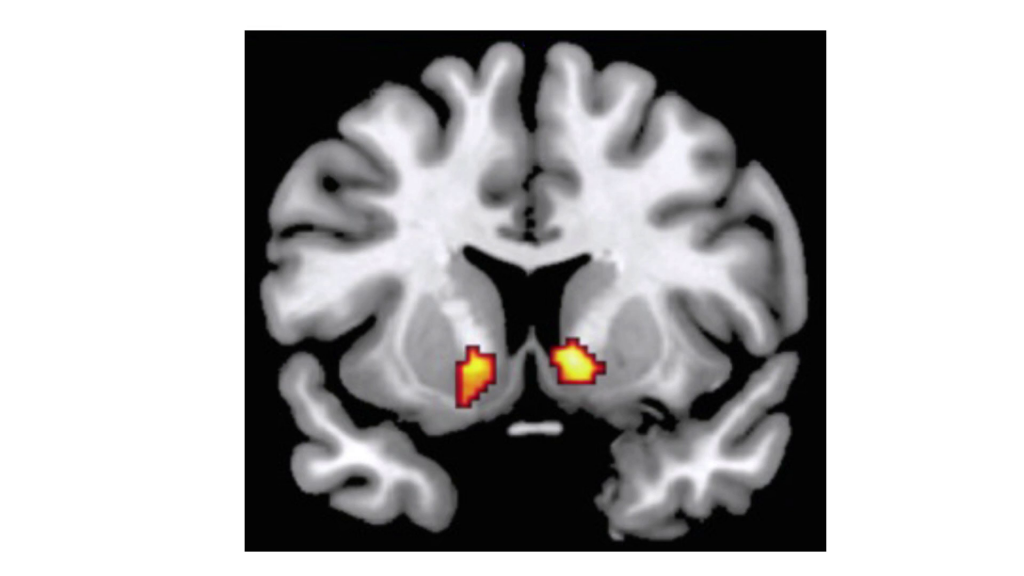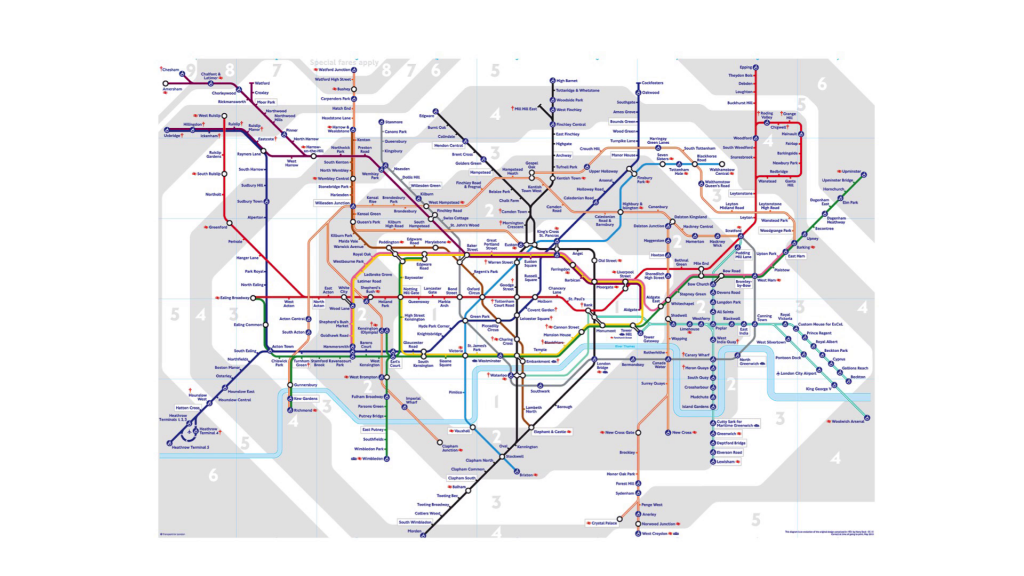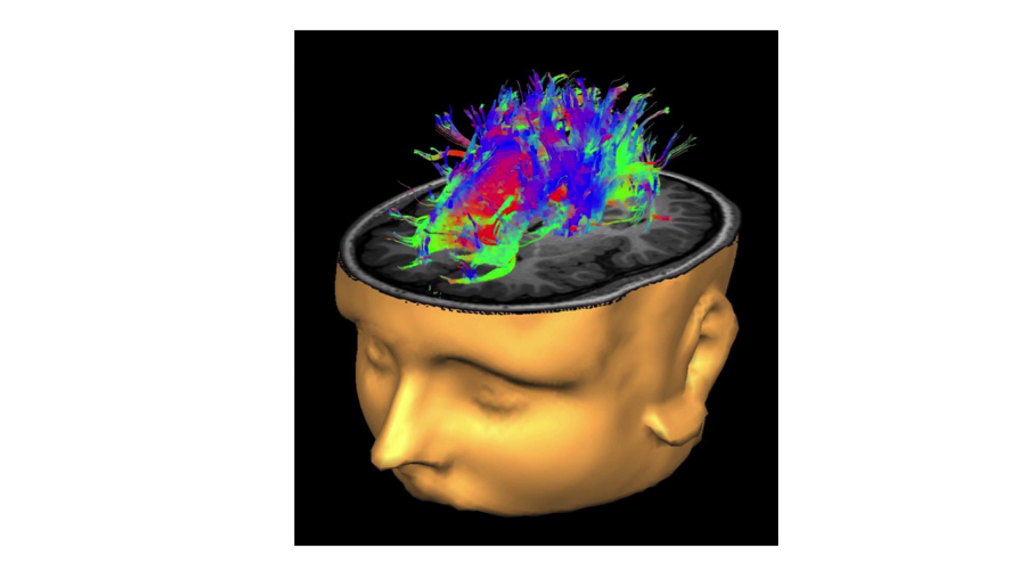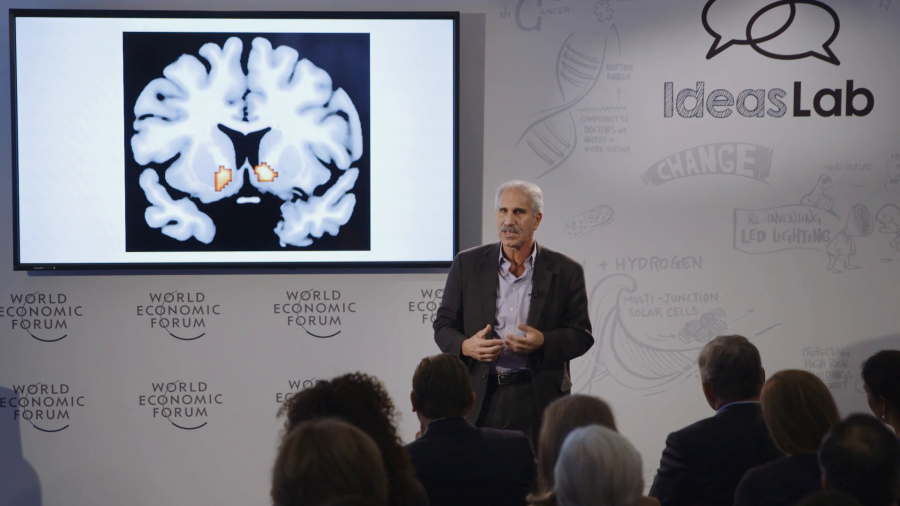Why do we do the things that we do? Why do we sometimes choose to be loving parents and other times engage in irrational self-destructive behaviors? What drives us to sometimes be altruistic and other times make decisions that really threaten our very survival? Well, the answer lies in our brains. Our brains evolved to ensure that we repeat behaviors that will lead to our survival. There are mechanisms in the brain that tell us that food tastes good when we’re hungry, water tastes great when we’re thirsty, and sex is pretty good most of the time.
Work in my lab and other Stanford University neuroscience labs is using pretty advanced, innovative methodology such as the injection of genetically-modified viruses into animal brains, and novel brain imaging techniques in human subjects to advance our understanding of the mechanisms that allow us to feel joy, allow us to feel aversion or pain, and how these influence the decisions we make.
These mechanisms are not only important for the behaviors that lead to our survival, but also for example the financial decisions we make, and the decisions we make as societies. They’re also important for understanding the pathophysiology of brain disorders such as addiction and depression.
Not surprisingly, these mechanisms are not simple. The very same stimulus can change from being highly rewarding to highly aversive in a matter of seconds. Any of you who have been in an intimate relationship I think know exactly what I’m talking about.
The first clue that there were specific interconnected brain areas that generate reward in our brains came from classic experiments in the 1950s, where it was found that rats would press a bar for hours a day to receive electrical stimulation in specific parts of their brain. We know the brain uses a large number of chemical messengers to subserve its functions. Key parts of the reward circuitry use a very special chemical messenger named dopamine.
But dopamine does not magically work in a vacuum. It’s made by specific cells in the brain. These cells are found at the base of the brain in a part of the brain called the ventral tegmental area. These cells in the ventral tegmental area that make dopamine communicate with other parts of the brain, the most important part of the brain being the nucleus accumbens, which is found in the middle of the brain and is very important for translating our motivations into action.

We know both in animal brains and human brains that dopamine in the nucleus accumbens is released in response to food, in response to sex. It’s very powerfully released in response to drugs of abuse. And as this human brain scan shows us, the nucleus accumbens is activated in the human brain even in response to stimuli such as monetary rewards.

Work in my lab, however, has revealed that the reward circuitry is much more complicated than we previously envisioned. It’s much more like the London Underground. It consists of a number of key interconnected hubs or nodes, and the communication between these nodes is what’s important for generating our feelings of reward or aversion.
We also know that the reward circuitry is not static, it’s not fixed. It responds to experience. For example, addictive substances modify the reward circuitry in a pathological way, and this is what leads to drug addiction. Similarly, the reward circuitry malfunctions during depression, so you no longer can experience the joys of life. In fact in autism, which affects one to two percent of the world’s children, we believe that the inability to experience the normal joy or pleasure of social interactions may be due to the fact that other special chemical messengers by the names of oxytocin and serotonin don’t modulate the circuitry in a normal fashion.
By elucidating the detailed molecular changes that occur in this circuitry during brain disorders such as addiction and depression and autism, we’re going to be able to make much more specific and efficacious treatments for these highly prevalent disorders that sap the normal joys of life.

I’m particularly excited about some of the innovations and new methodologies we’re developing at Stanford. Methods such as the expression of light-sensitive proteins in animal brains, and the application of transmagnetic stimulation in human brains. Using these methodologies, we’re going to be able to advance our understanding of the neural mechanisms underlying adaptive and pathological decision making, with the long term goal of reducing and hopefully even eliminating societally-destructive decisions, and promoting those decisions that will allow our planet’s inhabitants to lead healthy, productive and ultimately highly-rewarding lives.
My question is kind of simple. Do you believe anything I just told you? That is, you know, I’m a neuroscientist and also a psychiatrist. And I got into this field because I passionately believe that the brain is what mediates our feelings, our thoughts, and behaviors. And I do believe that by understanding the mechanisms that cause these experiences and make us make good decisions but often very bad decisions, that we will be able to not only cure diseases, but we will improve society, and I think we desperately need to. So I’ll stop there.
Thank you.
Further Reference
Robert Malenka faculty profile at Stanford Medicine.
